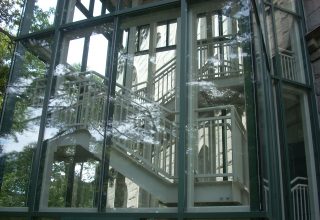
William Bergquist and Agnes Mura
The mechanistic organization of the Twentieth Century ran like a pendulum. A pendulum epitomizes elegance and simplicity in motion. We can disrupt the course of the pendulum by giving it an added push or by bumping into it and slowing it down. In either case, the pendulum will adjust its course and continue swinging back and forth at a greater or lesser magnitude. The pendulum, in modern systems theory terms, will always return to a homeostatic balance, retaining its basic form or pathway. Systems theorists would suggest that organizations tend to return to their previous form and function even with disruptions and interference. While the contemporary organization may seem to be chaotic and in disarray, we are (according to many modern theorists) merely witnessing a long term process of homeostatic readjustment and an ultimate return to a former state or style of functioning.
Is this mechanistic analogy to the pendulum still accurate for Twenty First Century organizations? Ilya Prigogine, a Nobel Prize winning scientist, suggests that many processes in nature (including perhaps those exhibited by organizations) don’t match very well with the mechanistic world of the pendulum—as much as scientists throughout the ages would like the world to resemble this orderly pendulum. Rather, many processes of the world are likely to resemble the phenomenon that we call fire. Fire is a perplexing problem in the history of science. Prigogine notes that modern scientists, in an effort to create a coherent mechanistic model of the world, have tended to ignore the complex, transformative processes of fire, concentrating on only one of its properties: the capacity to generate heat. Fire thus became a heat machine for scientists and was treated in a mechanistic manner.
Download Article
















